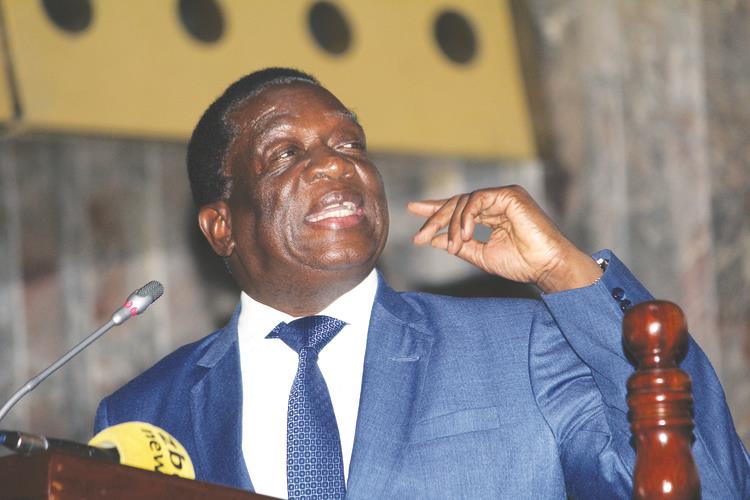Forestry Commission in afforestation drive

From Conrad Mupesa in Mhangura
Forestry Commission of Zimbabwe (FCZ) through its operational entity, Forest Conservation, has embarked on a drive to address deforestation in Mashonaland West province.
In an interview recently, FCZ provincial head Mr Lewis Radzire said the commission would embark on a number projects to deal with the scourge.
About three projects, he said, have since been identified in the current afforestation drive.
“We will engage in a general seedling planting programme, and its main activity is farmer training and nursery establishment,” he said.
Initially, FCZ had set a target of 2 550 000 seedlings.
“Our achievement rate was 3 637 170 (143 percent). The seedling production was by Forestry Commission and other stakeholders including but not limited to farmers and tobacco merchants,” Mr Radzire said.
FCZ will also embark on general tree planting and tobacco wood energy energy programmes.
“Through general tree planting programme in 2017, we had a similar target with that one of the seedling production, but we have managed to coordinate planting of 2 304 214 (90 percent).
“Most of the trees planted were eucalyptus species by tobacco merchants through the Sustainable Afforestation Association.”
Mr Radzire said in 2004 the commission launched the Tobacco Wood Energy Programme with the aim of replenishing degraded forest through afforestation and reforestation activities.
“For this activity alone for last year, that is the season in question, we had a target of 1 841 000 and 2 043 440 trees were planted under this programme,” he said.
The commission, he said, has planned to circumvent deforestation through scaling up its current activities. Deforestation caused by tobacco farmers is largely viewed as the elephant in the room.
According to FCZ, the average annual loss of forests in the province was estimated to be between 36 474ha per annum in the 16-year period through 2008.
This has been attributed to land clearing for tobacco growing, as well as firewood for tobacco curing.
There are plans by the commission to plant fast growing exotic tree species for tobacco curing, intensify research on wood efficient tobacco curing technologies and identify alternative cash crops to reduce overreliance on tobacco. Other interventions include strengthening woodland management activities through proper management of existing forests.
“We will intensify tree planting and forest conservation campaigns, as well as intensifying enforcement of Statutory Instrument 116 of 2012,” Mr Radzire said.
He said there was need to engage other development partners such as the Tobacco Industry and Marketing Board (TIMB) to access resources from the tobacco levy for tree planting activities.





Comments